Fastest charging phones in 2025: Test results and specs

While having long battery life is one of the most important aspects of a phone, it is also important to know that you can quickly recharge it when the need arises. Given that many of us use their phones for important daily tasks, we can't simply wait an hour or more for it to charge.
Thankfully, most phones nowadays have some sort of fast charging support. Some are quicker to charge than others though, so if you want to find out which ones are among the quickest, you have come to the right place.
Below you will find the top fastest charging phones from the ones we have put through our charging speed tests. Each phone has been tested using a compatible charger and at its maximum capabilities.
- OnePlus 15 — 100W
- Motorola Moto G Stylus 5G (2025) — 68W
- Galaxy S25 Ultra / S25 Plus / S25 FE / A56 5G — 45W
- Google Pixel 10 Pro XL — 45W
- iPhone 17 / Pro / Pro Max — 40W
- Xiaomi Redmi Note 14 Pro+ 5G — 120W
- Huawei Pura 80 Ultra — 120W
- Oppo Find X8 Ultra — 100W
- Honor Magic7 Pro — 100W
Also read: Best battery life phones now
How we measure charging speed on phones
We conduct rigorous charging speed tests on all smartphones that come in for review. We perform these tests under identical conditions to ensure accurate comparisons, including consistent room temperature.
For wired charging, we measure the time it takes to charge the phone from 1% to 100% using its included charger or a standard one that can make use of its maximum charging speeds. The results are presented as the percentage charged in 15 and 30 minutes, and the total charging time.
Similarly, for wireless charging, we measure the charging time from 0% to 100% using a wireless charging pad. The results are presented in the same format as wired charging.
By following this methodology, we try to offer you valuable insights into the charging performance of various smartphones, helping you make an informed decision.
For wired charging, we measure the time it takes to charge the phone from 1% to 100% using its included charger or a standard one that can make use of its maximum charging speeds. The results are presented as the percentage charged in 15 and 30 minutes, and the total charging time.
Similarly, for wireless charging, we measure the charging time from 0% to 100% using a wireless charging pad. The results are presented in the same format as wired charging.
Also read: PhoneArena Battery Score
What is charging speed?
There are two ways to look at how fast a phone charges. The more obvious one would be the amount of time it takes to get it from 1-100%. However, that time is affected by multiple factors besides the power input it supports, such as battery capacity and charging optimization.
The other way to measure charging speed is by the watts it supports for charging. Watts (W) are the power units and are used to measure the rate at which energy is transmitted.
Below you will find information on both, so you can make your purchase decision on whichever metric is more important to you.
Important: Not all chargers are created equal
Before we dive into our charging speed rankings, there's something you should know: not all phones support fast charging in the same way — and not all chargers will give you the full speed.
Let's do a quick breakdown of how different phone makers handle charging.
Apple, Samsung and Google take a more user-friendly route by using USB Power Delivery and PPS (Programmable Power Supply). Essentially, this means that:
While some phones stick to the universal USB Power Delivery (USB-PD) standard, others rely on proprietary charging technologies that only work at full speed with the brand's own charger and cable.
Let's do a quick breakdown of how different phone makers handle charging.
Phones with proprietary fast charging (require original charger and cable):
- Motorola: Uses TurboPower, a customized version of USB PD + PPS. It requests non-standard currents at standard voltages (like 20V/6.25A for 125W, or 11V/6.2A for ~68W). Third-party chargers like Anker or Ugreen will likely default to 60W or 45W.
- Xiaomi: HyperCharge relies on custom voltage/current profiles (e.g., 20V/6A, 10V/12A) that only Xiaomi’s original charger and 6A cable can provide. Without them, charging falls back to 27–67W via USB PD.
- Honor / Huawei: Use SuperCharge, which also isn’t USB-PD compliant. You’ll need both the original charger and a 6A-rated cable to get full speed.
- OPPO / OnePlus / Vivo: These brands use custom protocols like SuperVOOC, which don’t work at full speed with standard PD chargers. Expect fallback speeds from 18W to 45W if using a third-party USB-C charger.
Phones with open-standard charging (USB PD/PPS):
- You can get near-maximum speeds with high-quality third-party chargers (e.g., Anker, Ugreen).
- There’s no need for a proprietary cable or power brick.
- It's more future-proof and travel-friendly.
The fastest charging phones in the US (2025)
OnePlus 15 — 100W
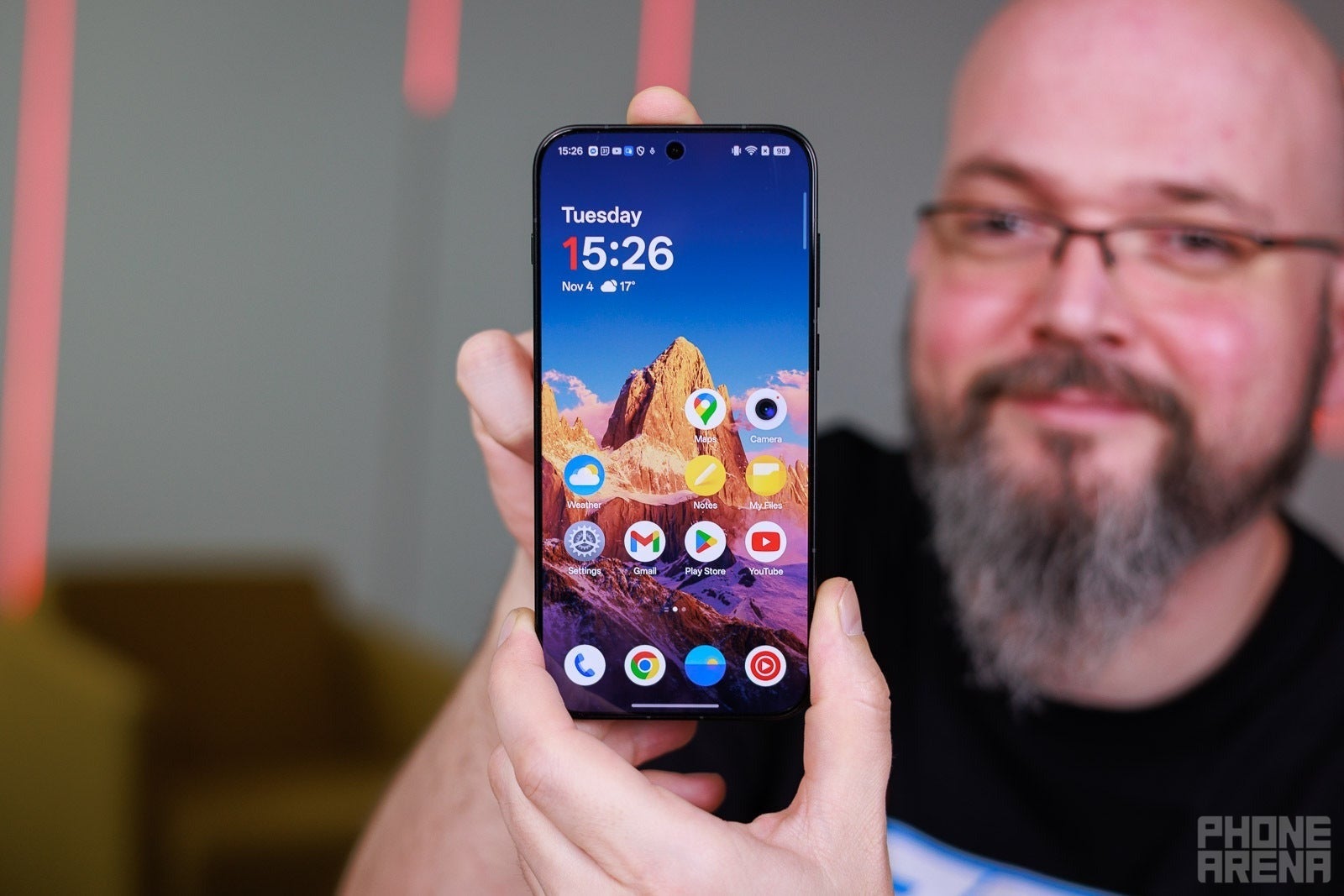
Image by PhoneArena.
The OnePlus 15 is the fastest-charging mainstream flagship you'll find in the US right now, which you'll need, considering it has the largest batteries ever put in a flagship — a 7,300 mAh silicon-carbon cell.
Even with this huge battery, the OnePlus 15 is extremely quick to top up. Using the included 80W SuperVOOC charger, we reached 68% in 30 minutes and a full charge in 45 minutes. OnePlus also sells a 100W GaN adapter that trims a few minutes off the full charge time.
These speeds depend entirely on OnePlus’ proprietary SuperVOOC protocol. If you plug the phone into a standard USB-C PD or PPS charger (e.g., Anker, Ugreen), the OnePlus 15 falls back to 36W–55W, depending on the brick.
These speeds depend entirely on OnePlus’ proprietary SuperVOOC protocol. If you plug the phone into a standard USB-C PD or PPS charger (e.g., Anker, Ugreen), the OnePlus 15 falls back to 36W–55W, depending on the brick.
The good news is that the it supports UFCS, PPS (55W), PD (36W) and QC (36W), so it still charges quickly outside the SuperVOOC ecosystem, just not at that super-fast speed that its propriatary charger enables.
Wireless charging is also very impressive on the OnePlus 15, just like its predecessor. It can go up to 50W with the (again propriatary) AIRVOOC wireless charger (bought separately). That's much faster than Samsung’s 15W or Apple’s 25W MagSafe limit. A full wireless charge should take under 90 minutes.
Wireless charging is also very impressive on the OnePlus 15, just like its predecessor. It can go up to 50W with the (again propriatary) AIRVOOC wireless charger (bought separately). That's much faster than Samsung’s 15W or Apple’s 25W MagSafe limit. A full wireless charge should take under 90 minutes.
Magnetic alignment is supported too, but only via a compatible OnePlus 15 magnetic case, since magnets aren’t built into the phone itself (maybe next generation?).
Read more:
OnePlus 15 ReviewMotorola Moto G Stylus 5G (2025) — 68W
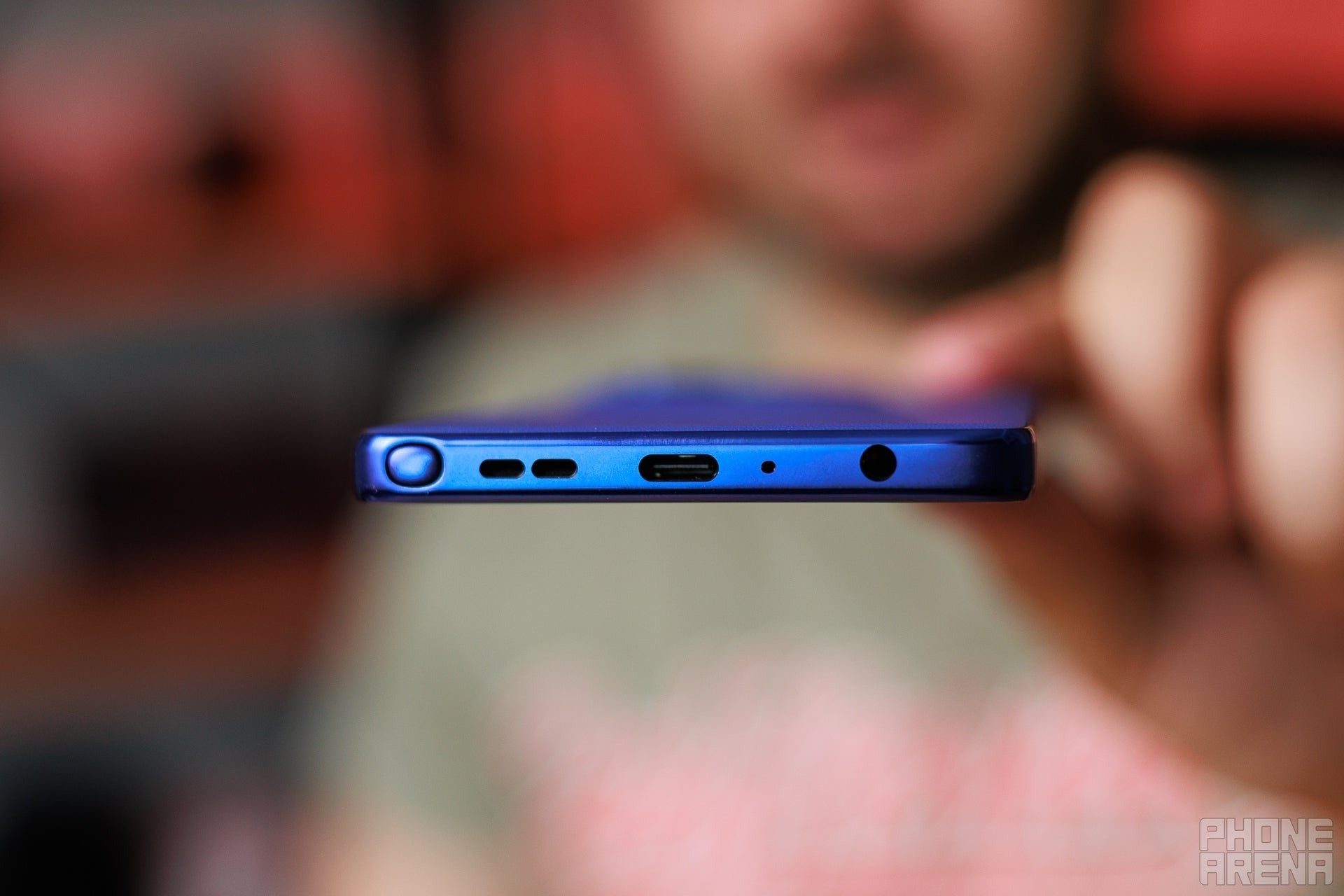
Image by PhoneArena.
The Moto G Stylus 5G (2025) is not just the most affordable stylus-equipped smartphone on the market — it’s also one of the fastest-charging phones in its price class. With a wired charging speed of 68W, Motorola has more than doubled the charging speed of the previous generation.
In our testing, the Moto G Stylus 5G (2025) charged to 90% in just 30 minutes, and completed a full 0-100% cycle in 40 minutes. That’s especially impressive for a $400 phone.
The new G Stylus also supports 15W wireless charging — a rare feature in this category.
In our testing, the Moto G Stylus 5G (2025) charged to 90% in just 30 minutes, and completed a full 0-100% cycle in 40 minutes. That’s especially impressive for a $400 phone.
The new G Stylus also supports 15W wireless charging — a rare feature in this category.
Just like other Motorola phones, the G Stylus 5G (2025) uses a custom TurboPower protocol, which enhances standard USB PD + PPS by requesting non-standard power levels (such as 11V/6.2A ≈ 68W). However, this means third-party USB-C chargers from brands like Anker or Ugreen may only deliver fallback speeds like 45W or 60W.
The custom protocol is especially bad news in this case, because Motorola does not include a charger in the box. So, if you want to make full use of its 68W charging potential, you’ll need to purchase the official TurboPower charger separately.
Despite its fast charging, the Moto G Stylus (2025) didn’t fare well in battery life tests. It delivered a below-average 5h 17m endurance score, with performance most affected during video playback. Still, the snappy top-up speed helps offset the short battery life for users who can plug in often.
Despite its fast charging, the Moto G Stylus (2025) didn’t fare well in battery life tests. It delivered a below-average 5h 17m endurance score, with performance most affected during video playback. Still, the snappy top-up speed helps offset the short battery life for users who can plug in often.
Samsung Galaxy S25 Ultra / S25 Plus / S25 FE / A56/36 5G — 45W
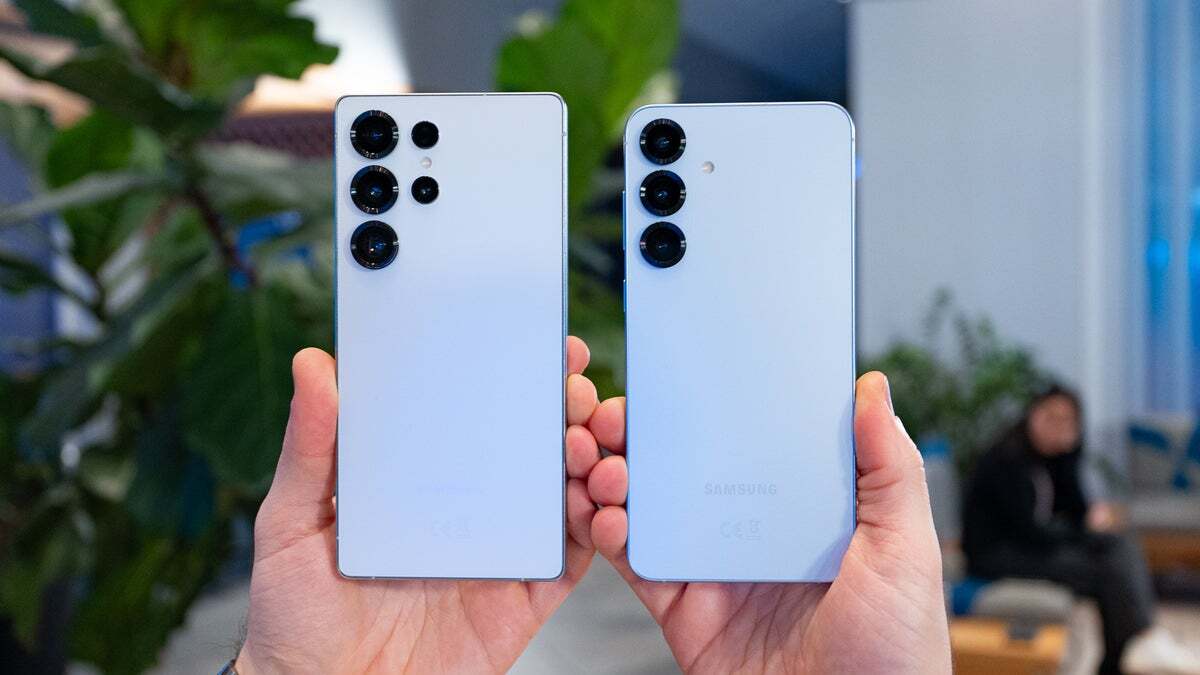
The S25 Ultra and S25 Plus support 45W charging (Image by PhoneArena)
Both the Galaxy S25 Ultra and Galaxy S25 Plus support 45W wired charging. This is unchanged from the last few generations, and while it is not slow, these are definitely not the fastest charging phones around.
The good news is that even the Galaxy A56 5G and Galaxy A36 5G support 45W of wired charging, so you no longer need to get the Ultra just to have access to faster charging speeds.
Important Note: To achieve these speeds, you'll need to use a compatible 45W charger AND a 5A cable (Samsung solds them in a bundle in case you are interested). Typical USB-C charging cables provide 3A speeds, so you need to use this special cable.
Samsung doesn't include a 45W charger in the box, so you'll need to purchase one separately. Our advice is that you go for the one Samsung sells, which also comes with the required USB Type-C, 5A charging cable that allows you to charge at maximum speed.
Important Note: To achieve these speeds, you'll need to use a compatible 45W charger AND a 5A cable (Samsung solds them in a bundle in case you are interested). Typical USB-C charging cables provide 3A speeds, so you need to use this special cable.
Samsung doesn't include a 45W charger in the box, so you'll need to purchase one separately. Our advice is that you go for the one Samsung sells, which also comes with the required USB Type-C, 5A charging cable that allows you to charge at maximum speed.
Both phones can charge wirelessly at 15W, and they also support wireless PowerShare, allowing you to charge other devices wirelessly.
They are "Qi2 Ready", meaning there are no magnets on the phones themselves, but you can use one of the cases with magnets on them.
Read more:
Google's Pixel 10 Pro XL — 45W
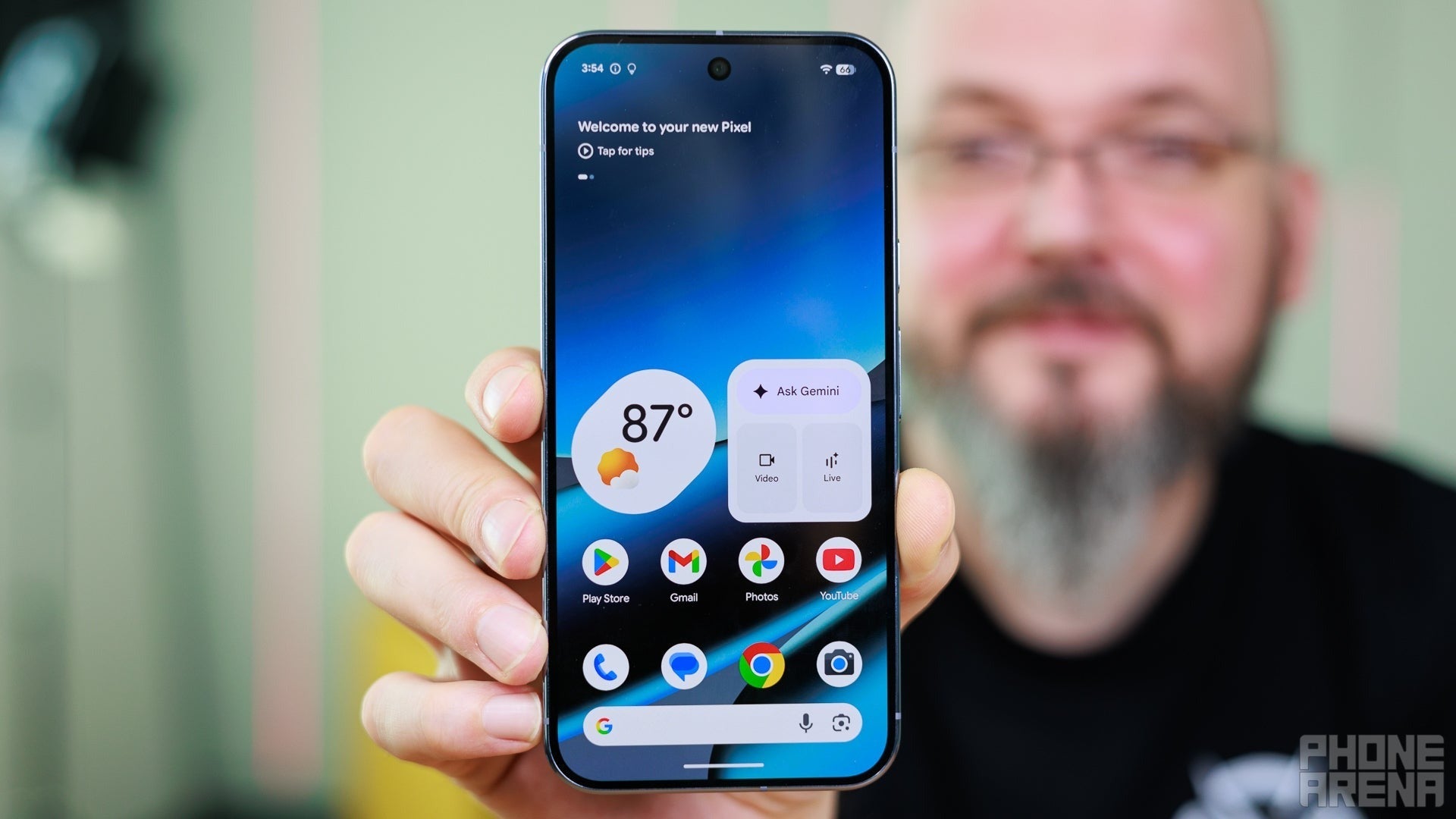
Image by PhoneArena.
Google finally bumped the charging speeds of its most expensive flagship in 2025. The Pixel 10 Pro XL supports 45W USB-C PD, which is a decent upgrade over the 37W maximum of the previous generation.
In our tests, the Pixel 10 Pro XL reached 63% in 30 minutes and completed a full charge in 1 hour and 17 minutes using Google’s 45W adapter. These speeds won’t challenge OnePlus or Motorola, but they put the Pixel line much closer to Samsung’s 45W. The difference is that Google only offers it on the Pro XL model, while Samsung offers it across most of its lineup — even the cheaper mid-rangers.
The more exciting upgrade is arguably with the wireless charging, though. The Pixel 10 Pro XL is the first mainstream Android phone with magnets inside, which gives it full support of the Qi2 standard for perfect alignment on magnetic charging pads.
The Pixel 10 Pro XL also has support for the newer Qi2.2, allowing wireless charging at 25W — a big jump from the older 12W Qi speeds on previous Pixels, and faster than Samsung’s 15W limit.
The Pixel 10 series also launched with Google’s new Pixelsnap magnetic ecosystem — stands, chargers, pop rings, and cases — opening the doors to a more rich accessory lineup than any other Pixel before this generation.
The Pixel 10 series also launched with Google’s new Pixelsnap magnetic ecosystem — stands, chargers, pop rings, and cases — opening the doors to a more rich accessory lineup than any other Pixel before this generation.
Read more:
Apple's iPhone 17 series — 40W

Image by PhoneArena.
The iPhone 17 lineup finally gets a tangible boost to its charging speeds, and not only for the Pro versions. All three iPhone 17 models now support up to 40W wired charging, consistently taking around an 1 hour 16 minute full charge in our tests.
The first 30 minutes of charging have also improved: both the iPhone 17 and 17 Pro reached 67% in 30 minutes, while the Pro Max was close behind at 64%. These speeds are noticeably faster than the iPhone 16 generation, and bring Apple closer to Samsung’s 45W class (though still well behind the ultra-fast proprietary systems from OnePlus or Motorola).
Apple also improved the wireless charging experience in 2025. All iPhone 17 models support the Qi2.2 magnetic standard at up to 25W, allowing faster and more efficient wireless charging than previous iPhones. This also allows non MagSafe third-party accecssories to charge at 25W.
Apple also improved the wireless charging experience in 2025. All iPhone 17 models support the Qi2.2 magnetic standard at up to 25W, allowing faster and more efficient wireless charging than previous iPhones. This also allows non MagSafe third-party accecssories to charge at 25W.
The iPhone 17 completed a full charge in 1h 59m using a 25W wireless charger, and the 17 Pro took 2h 20m.
Reverse wireless charging remains absent, though, but all models do support reverse wired charging via USB-C. Fast charging remains fully USB-PD compliant, meaning high-quality third-party chargers (Anker, Ugreen, Baseus) can deliver near-maximum speeds.
Read more:
The fastest charging phones not sold in the U.S. (2025)
Xiaomi Redmi Note 14 Pro+ 5G — 120W
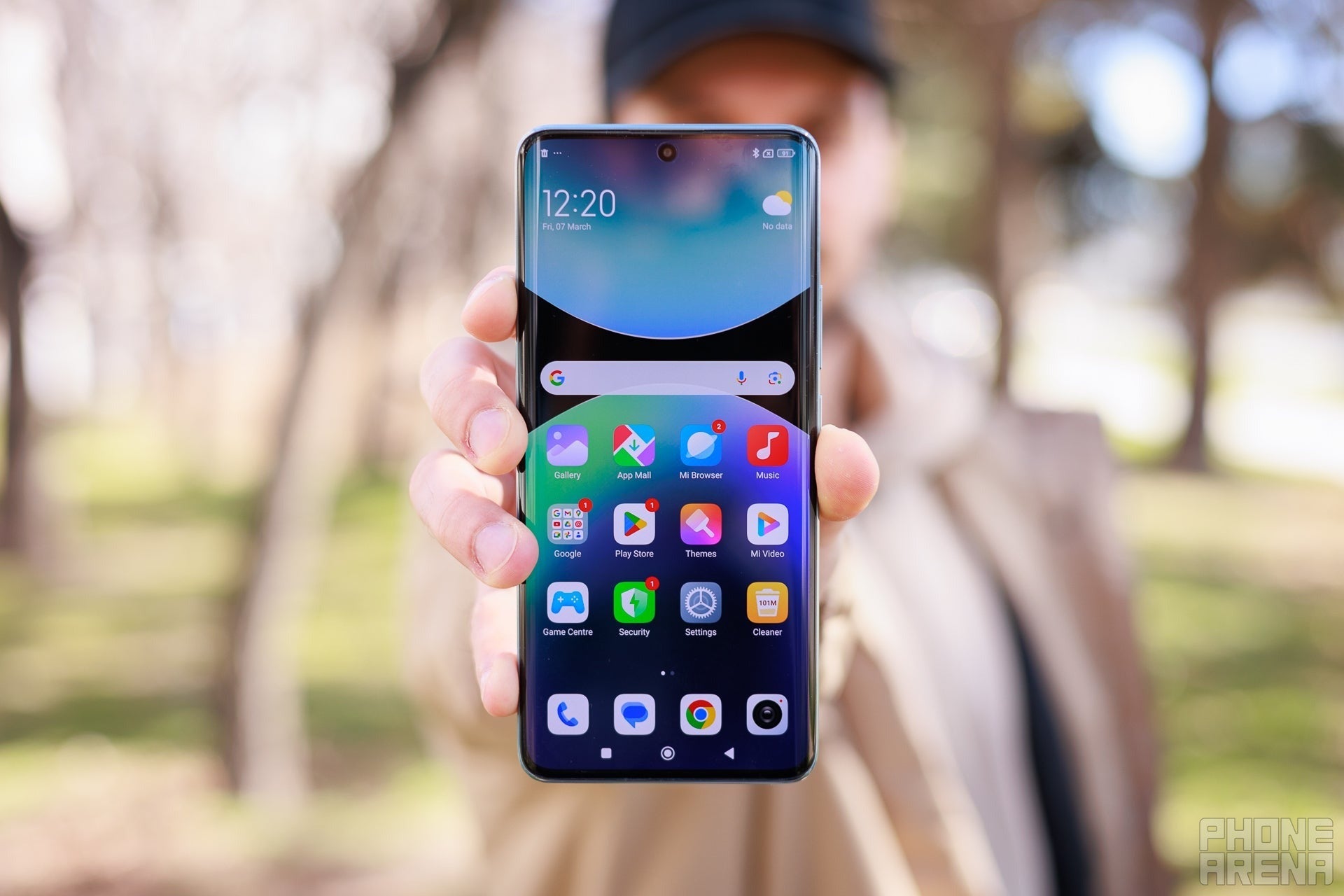
Image by PhoneArena.
The Redmi Note 14 Pro+ 5G is one of the fastest-charging smartphones available globally, thanks to Xiaomi’s 120W HyperCharge system.
Unlike many competing brands, Xiaomi includes the full-speed charger in the box. In our testing, the phone went from 0 to 100% in just 25 minutes, ranking among the top three fastest-charging devices we’ve reviewed. A 15-minute charge restores nearly 70%, so you can easily get a full-day worth of battery life in a pinch.
There’s no wireless charging, but the wired charging more than compensates for this downside.
Read more:
Honor Magic7 Pro — 100W wired
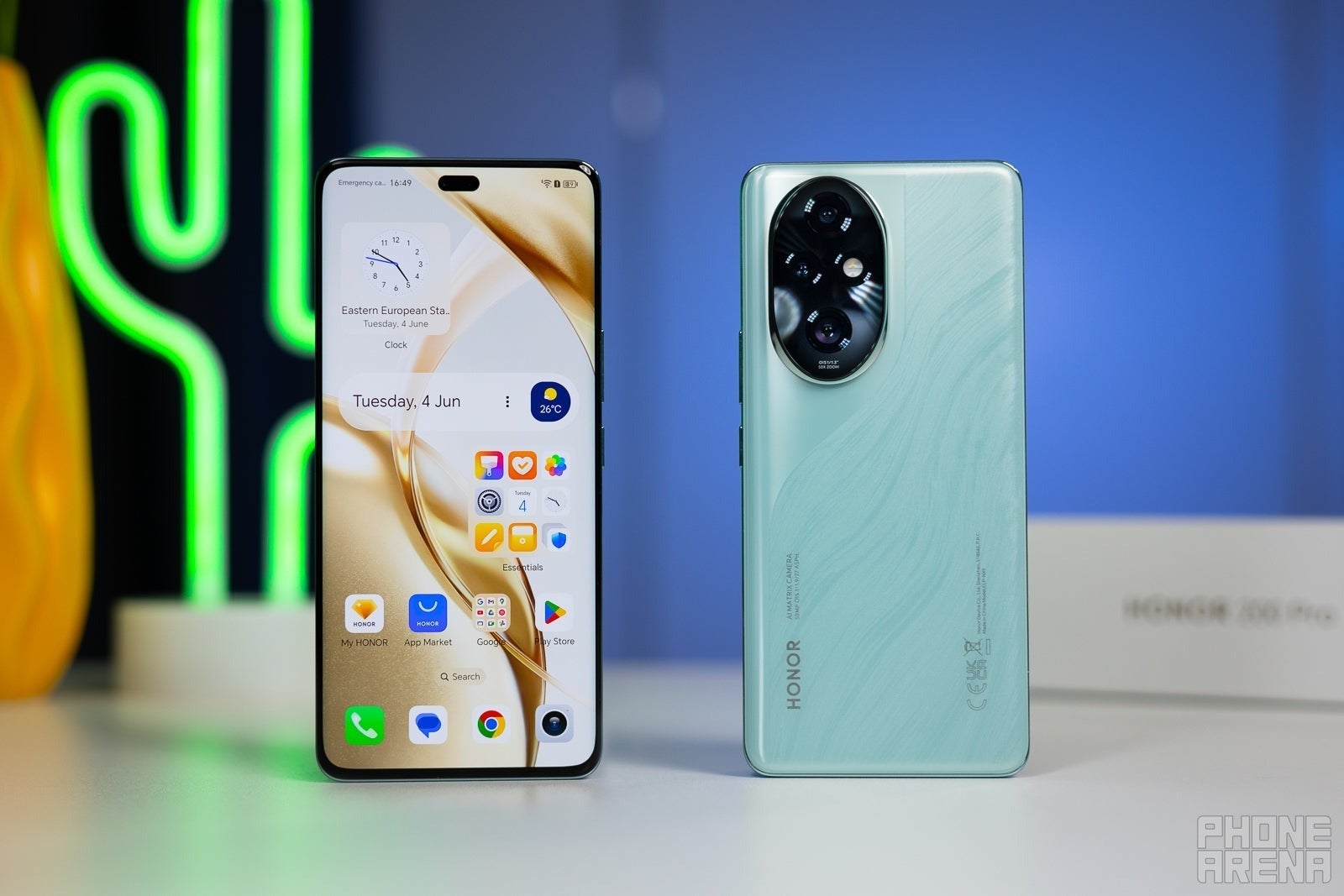
Image by PhoneArena.
The Honor Magic7 Pro continues to be one of the fastest-charging phones you can buy globally. It supports 100W wired SuperCharge, and in our testing the phone reached 98% in 30 minutes and hit a full charge in just 31 minutes. That’s near-identical to last year’s model and remains at the top of the industry.
Wireless charging is equally impressive: the Magic7 Pro supports 80W wireless charging, one of the fastest wireless implementations available today. With Honor’s proprietary charger, it reached a full charge in 47 minutes, outperforming even many wired-charging competitors.
If you want both ultra-fast wired and ultra-fast wireless charging, the Magic7 Pro remains one of the very few global options that delivers both.
Wireless charging is equally impressive: the Magic7 Pro supports 80W wireless charging, one of the fastest wireless implementations available today. With Honor’s proprietary charger, it reached a full charge in 47 minutes, outperforming even many wired-charging competitors.
Read more:
Vivo X Fold 3 Pro — 100W
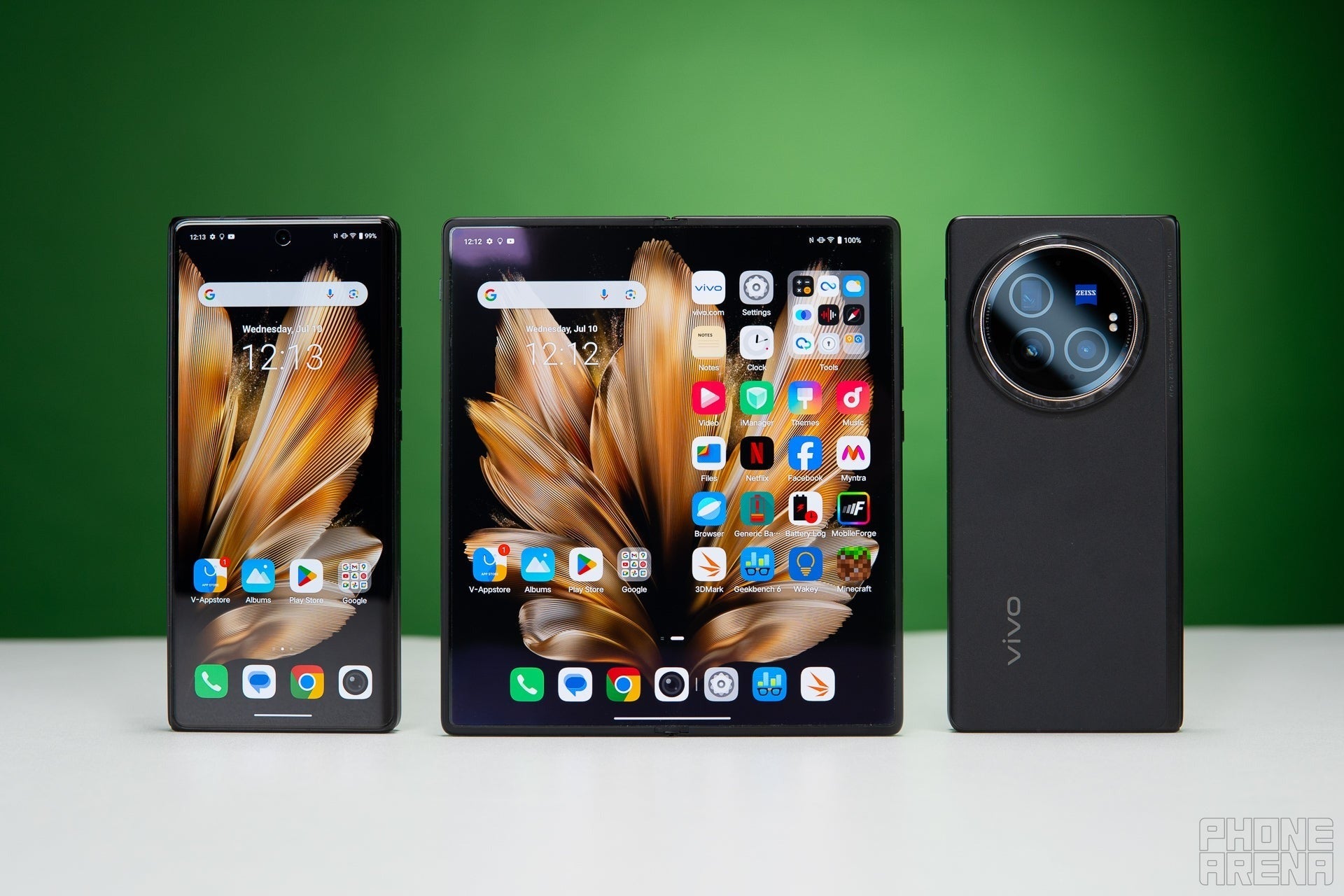
Image by PhoneArena.
The Vivo X Fold 3 Pro is an impressive foldable phone with equally impressive charging capabilities, both wired and wireless. Its 100W wired charging technology allowed for it to go from 0 to 38% in just 15 minutes during our tests.
It took us Only 33 minutes to charge the Vivo X Fold 3 Pro completely, which is impressive for a phone with a 5,700 mAh battery.
Additionally, the device supports 50W wireless charging, making it one of the fastest wireless charging foldable phones available.
Additionally, the device supports 50W wireless charging, making it one of the fastest wireless charging foldable phones available.
Read more:
Oppo Find X8 Ultra — 100W
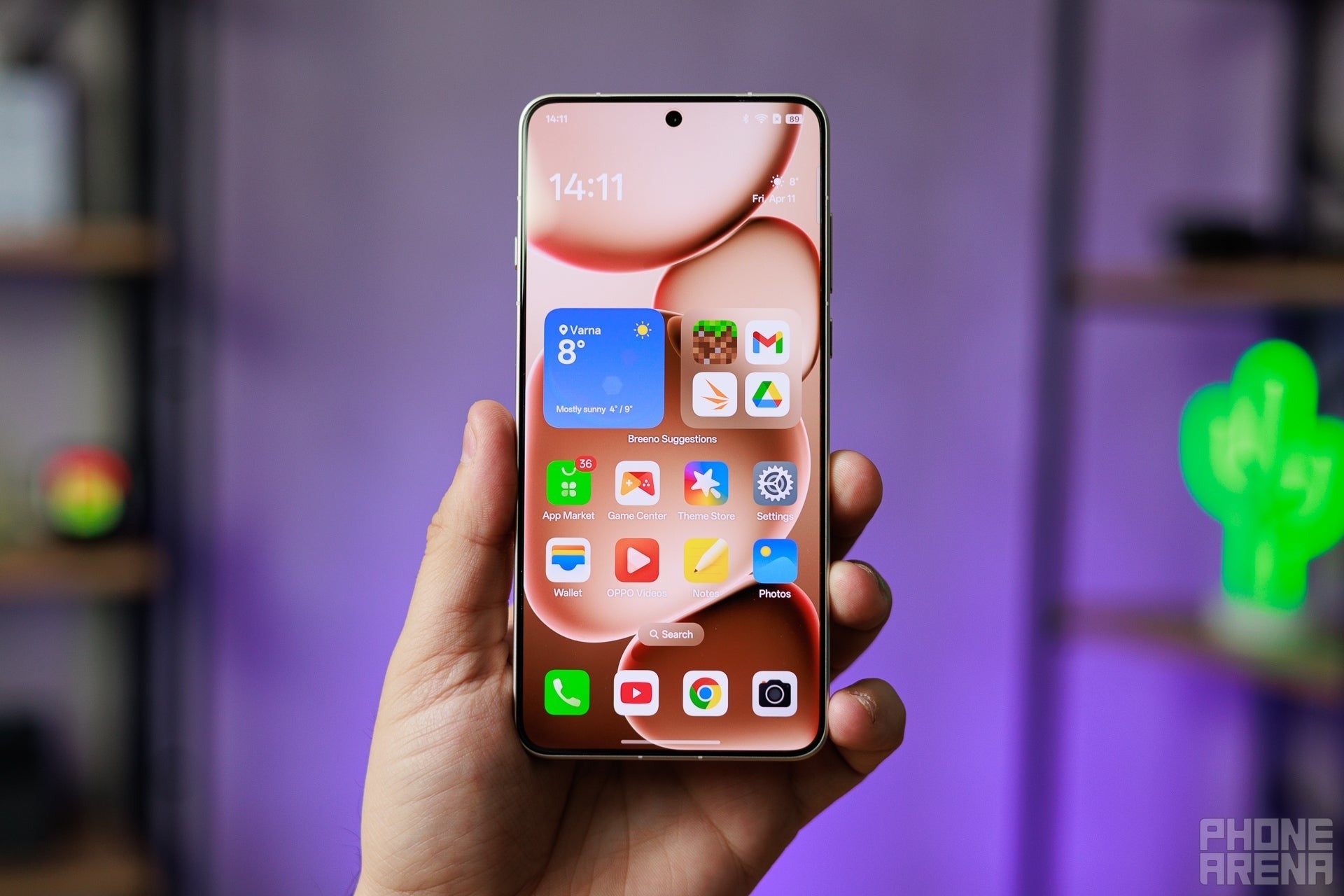
Image by PhoneArena.
The Oppo Find X8 Ultra is one of the fastest-charging large-battery phones available globally. With Oppo’s 100W SuperVOOC system, the phone charges from 0 to 100% in just 32 minutes, and hits 98% in 30 minutes — exceptionally quick for a device carrying a 6,100 mAh silicon-carbon battery.
Read more:
Huawei Pura 80 Ultra — 100W
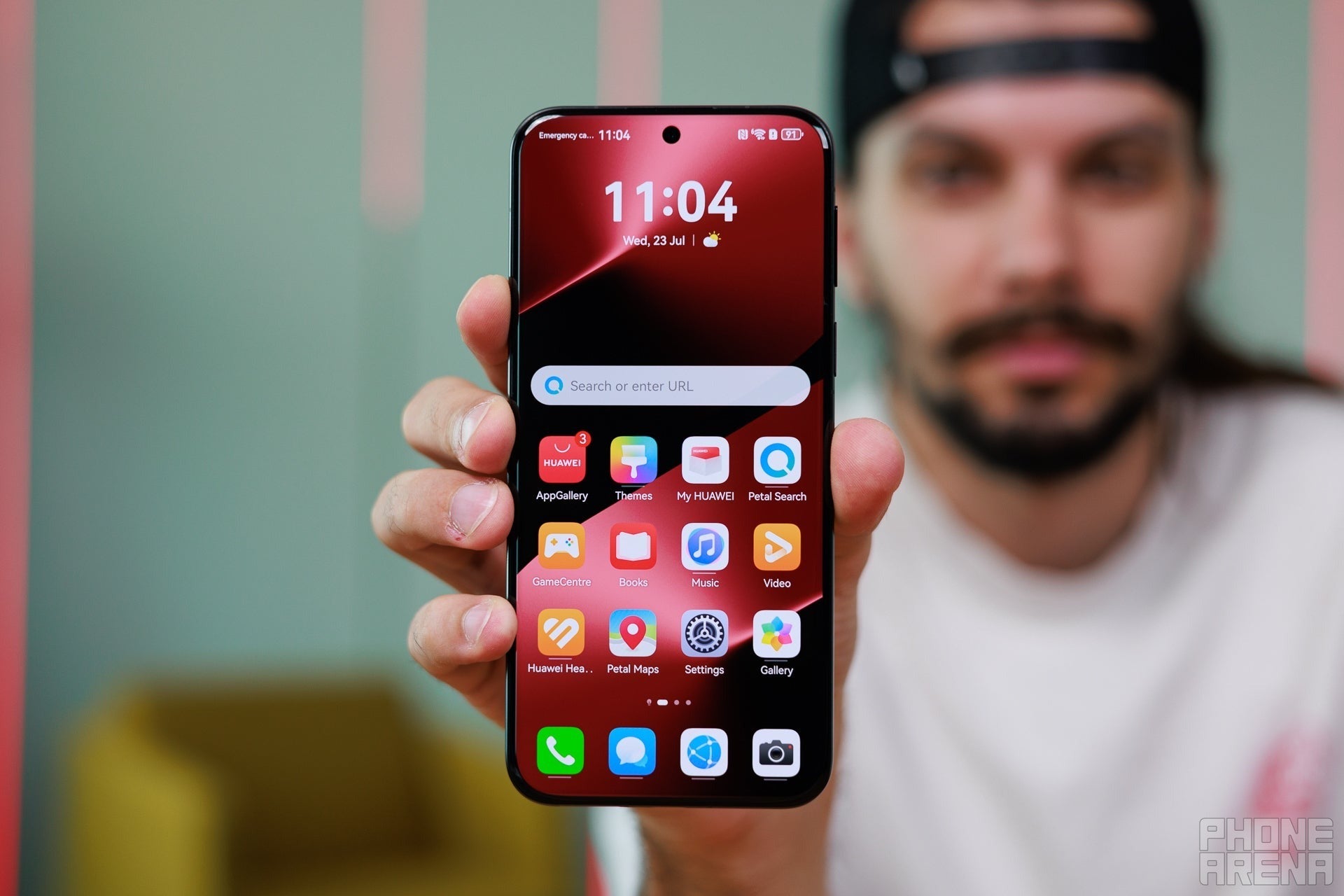
Image by PhoneArena.
The Huawei Pura 80 Ultra continues the brand’s tradition of extreme charging speeds.
The Pura 80 Ultra supports 100W wired SuperCharge, which was enough to charge it from 0 to 100% in just 39 minutes during our tests.
Huawei also includes 80W wireless charging, again using its proprietary SuperCharge Wireless Stand. A full wireless charge takes 55 minutes, making it the second-fastest wireless charging result we’ve recorded to date.
If you want ultra-fast wired and wireless charging in a premium device, the Pura 80 Ultra is one of the best options available globally.
Read more: Huawei Pura 80 Ultra review
The Pura 80 Ultra supports 100W wired SuperCharge, which was enough to charge it from 0 to 100% in just 39 minutes during our tests.
Huawei also includes 80W wireless charging, again using its proprietary SuperCharge Wireless Stand. A full wireless charge takes 55 minutes, making it the second-fastest wireless charging result we’ve recorded to date.
If you want ultra-fast wired and wireless charging in a premium device, the Pura 80 Ultra is one of the best options available globally.
Read more: Huawei Pura 80 Ultra review
Which is the fastest charging phone that ever existed?
Currently, the most recently released fastest charging phone is the Realme GT3. It maxes out at 240W of charging speed which is enough to fill up its 4,600 battery in 9 minutes and 30 seconds. Before it, we had the Redmi Note 12 Explorer, which is capable of 210W charging. A close runner-up is the iQOO 10 Pro that comes with a top charging speeds of 200W, which is advertised as enough to juice up the phone from 0-100% in about 10 minutes.
Technically, Xiaomi's sub brand Redmi showcased the first 300W wired charging on the Redmi 12 Note Pro+. However, that was probably a modified version of the phone, as the retail version only goes up to 120W. Redmi has not stated when and if this 300W charging will reach the consumer market.
That being said, Realme is working on 320W charging tech that can potentially charge a phone from 1-100% in just 5 minutes. This could mean that the company is also bracing itself to launch a phone that supports these charging speeds.
Follow us on Google News

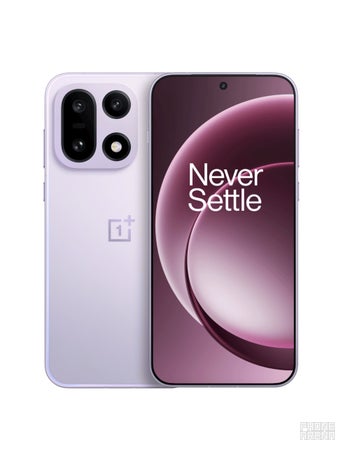
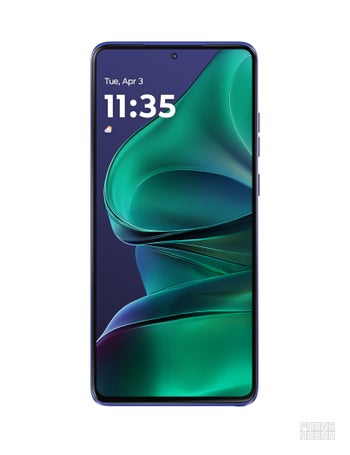

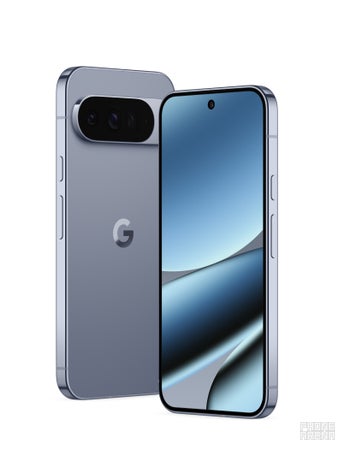

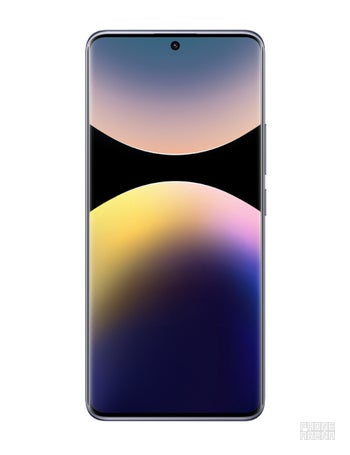
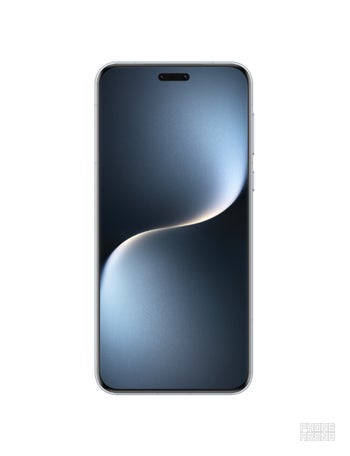
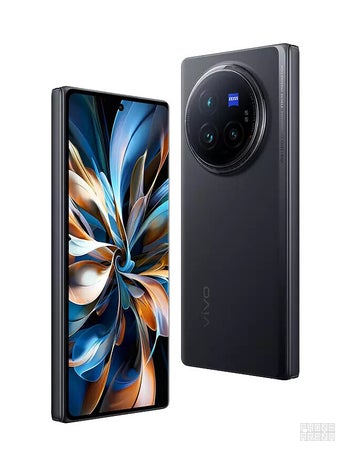
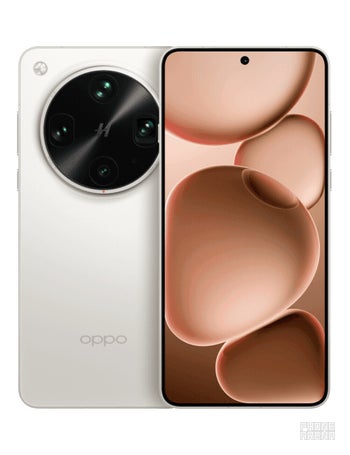
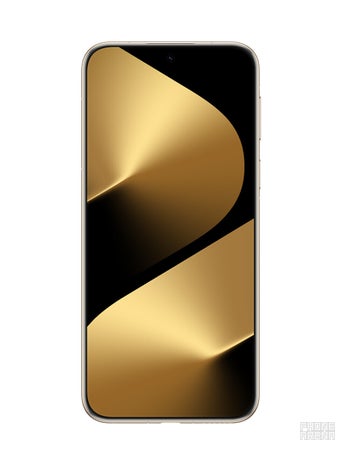


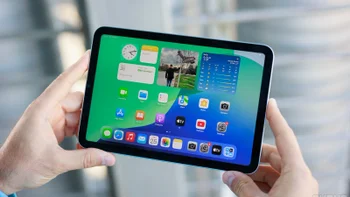


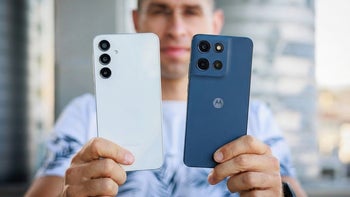
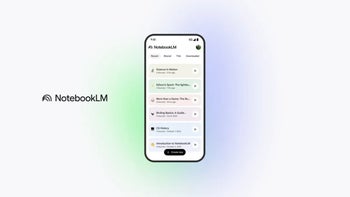
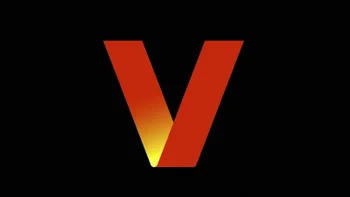
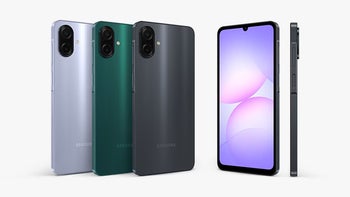
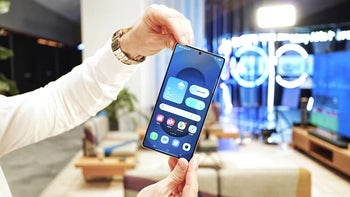
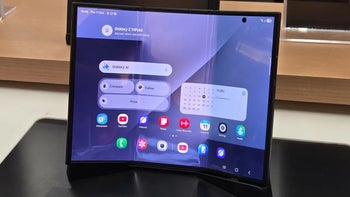
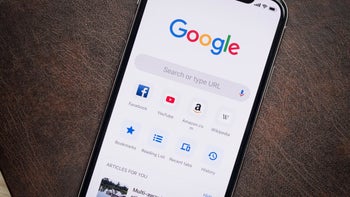
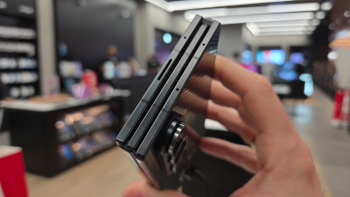
Things that are NOT allowed:
To help keep our community safe and free from spam, we apply temporary limits to newly created accounts: